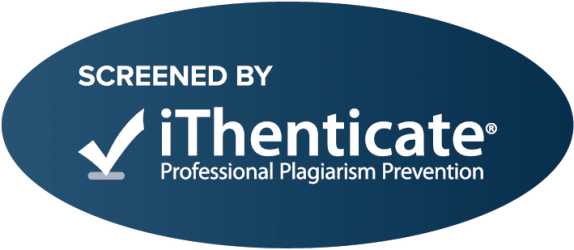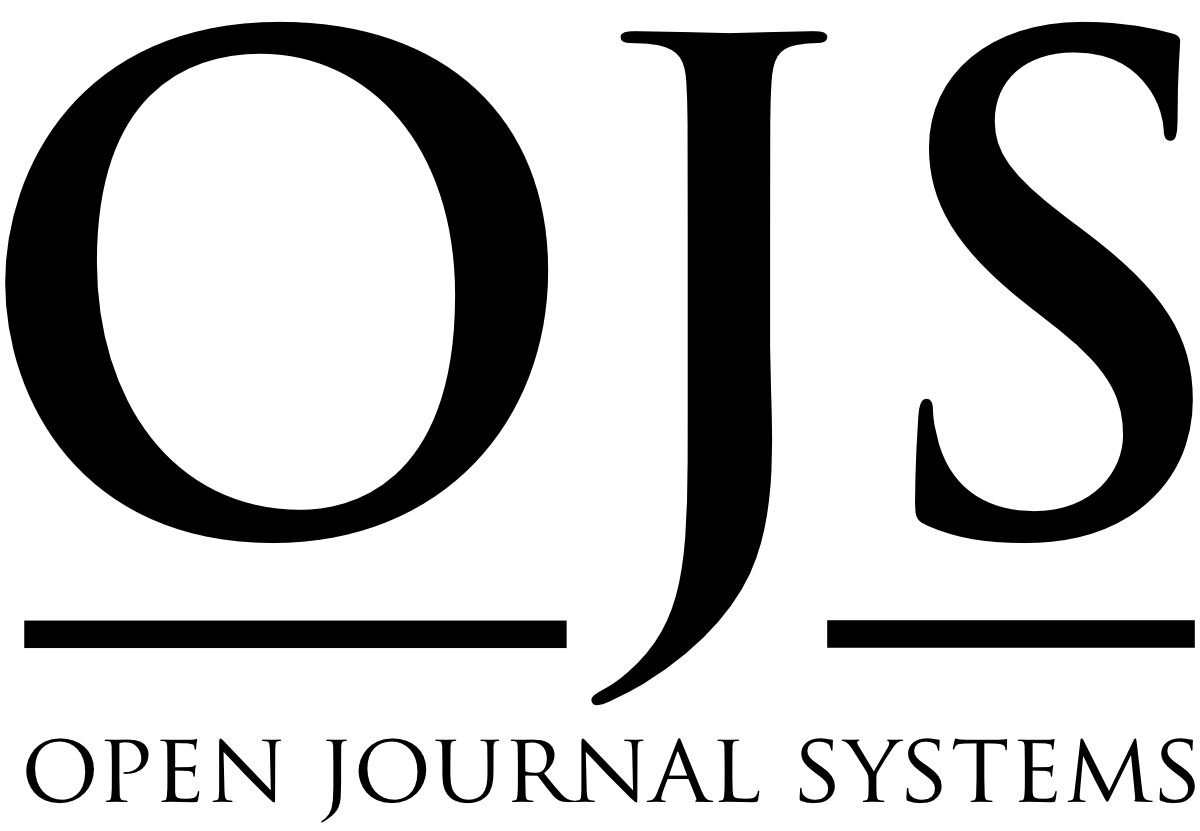Implementing a Joint Attention Intervention by Siblings: Effects on Children with Autism Spectrum Disorder
Keywords:
Joint attention, siblings, children with autism disorderAbstract
The Purpose of this study was to explore the effect of implementing a joint attention intervention by siblings on children with autism spectrum disorder. Participants were ten children between the ages of five and seven who attended a school for children with developmental disabilities (Tarbya Fekrya). A pre post design was used to examine the effect of implementing a joint attention intervention by siblings on children with autism spectrum disorder. Findings from this study indicated the effectiveness of implementing a joint attention intervention by siblings on children with autism spectrum disorder. On the basis of the findings, the study advocated for the effectiveness of implementing a joint attention intervention by siblings on children with autism spectrum disorder.Downloads
References
Burris, H. (2009). An Assessment of a Naturalistic In-home Training Protocol to Establish Joint Attention Responding with Children Diagnosed with Autism Spectrum Disorder (Unpublished master’s thesis). University of South Florida, South Florida.
DiSalvo, C. A., & Oswald, D. P. (2002). Peer-mediated interventions to increase the
social interaction of children with autism: Consideration of peer expectancies. Focus on Autism and Other Developmental Disabilities, 17(4), 198-207.
El-Ghoroury, N. H., & Romanczyk, R. G. (1999). Play interactions of family members towards children with autism. Journal of Autism and Developmental Disorders, 29(3), 249-258.
Knott, F., Lewis, C., & Williams, T. (1995). Sibling interaction of children with learning disabilities: A comparison of autism and Down's syndrome. Journal of Child Psychology and Psychiatry, 36(6), 965-976.
Jones, C. D., & Schwartz, I. S. (2004). Siblings, peers, and adults: Differential effects of models for children with autism. Topics in Early Childhood Special Education, 24(4), 187-198.
Paparella T, Stickles K, Freeman S, Kasari C. (2011)The emergence of joint attention and requesting skills in young children with autism. Journal of Communication Disorders , 44:569–583.
Paparella T and Freeman SF(2015). Methods to improve joint attention in young children with autism: a review. DovePress, 65-78.
Pilowski, T., Tirmiya, N., Shalev, R. S., & Gross-Tsur, V. (2003). Language abilities of siblings of children with autism. Journal of Child Psychology and Psychiatry, 44(6), 914-925.
Reagon, K. A., Higbee, T. S., & Endicott, K. (2006). Teaching pretend play skills to a
student with autism using video modeling with a sibling as model and play partner. Education and Treatment of Children, 29(3), 517-528.
Taylor, B. A., Levin, L., & Jasper, S. (1999). Increasing play-related statements in children with autism toward their siblings: Effects of video modeling. Journal of Developmental and Physical Disabilities, 11(3), 253-264.
Tsao, L., & Odom, S. L. (2006). Sibling-mediated social interaction intervention for
young children with autism. Topics in Early Childhood Special Education, 26(2), 106-123.
Whalen, C., & Schreibman, L. (2003). Joint attention training for children with autism using behavior modification procedures. Journal of Child Psychology and Psychiatry and Allied Disciplines, 44(3), 456–468.
Yirmiya, N., Gamliel, I., Pilowsky, T., Feldman, R., Baron-Cohen, S., & Sigman, M.
(2006). The development of siblings of children with autism at 4 and 14 months: Social engagement, communication, and cognition. Journal of Child Psychology and Psychiatry and Allied Disciplines, 47(5), 511-523.
Yirmiya, N., Gamliel, I., Shaked, M., & Sigman, M. (2006). Cognitive and verbal abilities of 24- to 36-month old siblings of children with autism. Journal of Autism and Developmental Disorders, 1(2).
Additional Files
Published
How to Cite
Issue
Section
License

This work is licensed under a Creative Commons Attribution-NonCommercial-NoDerivatives 4.0 International License.










